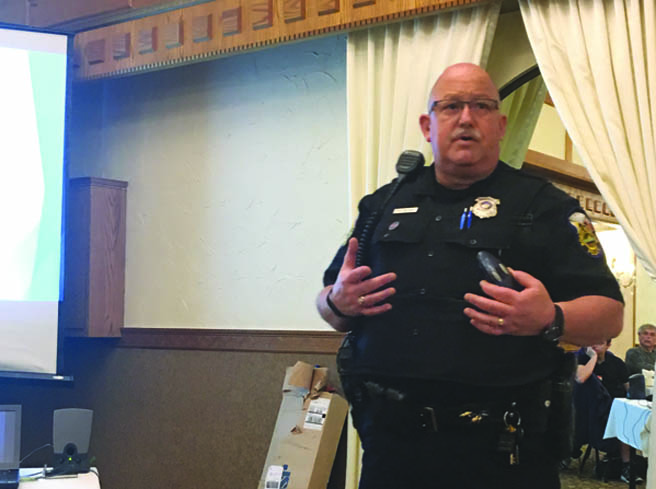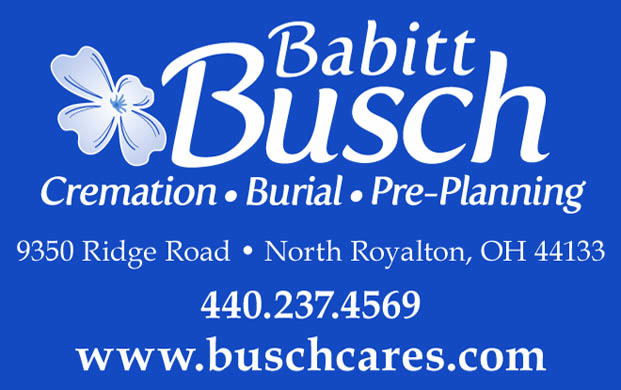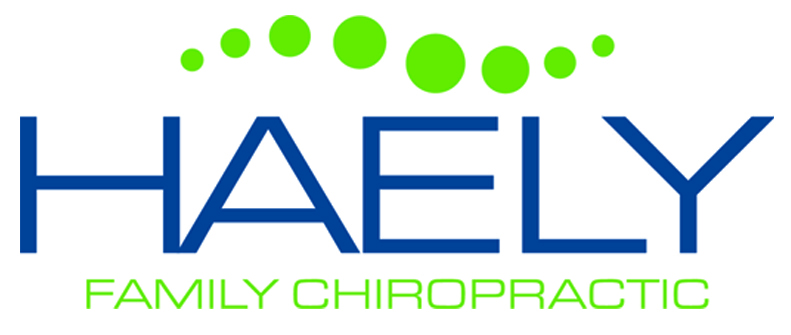About eighty people were the guests of Mayor Bob Stefanik for his bi-annual business breakfast. The meeting took place at 7:30 a.m. on Wednesday, May 4, at Carrie Cerino’s Ristorante. It was sponsored by the North Royalton Chamber of Commerce.
Community Development Director Tom Jordan gave an update of the development that is happening throughout the city; such as, the Rt. 82 widening project, the Shops at South Market at Bennett’s corners, Traditions at Royalton Place at York and Rt. 82, and the renovation of the KFC and Arby’s on Royalton Road. He then noted that some of the projects came from the city’s available property listing. He noted that, “if you are looking for something, go to the city’s website, or call me.” Jordan can be reached by calling 440-237-5484 or by emailing him at Tjordan@northroyalton.org.
Chamber President Cathy Gibbons noted that the Chamber’s 100th anniversary will take place in 2018, which coincides with the city’s 100th anniversary. She then talked about the numerous benefits businesses are afforded through Chamber membership. She invited residents to visit the Chamber website at nroyaltonchamber.com or call the Chamber office at 440-237-6180 for more information.
North Royalton Police Officer Jon Karl then gave a presentation on Work Place Safety. Karl has been in his current assignment as Student Resource Officer since 2003. He noted that since this assignment with the schools, he has worked extensively on safety and security planning. “Employees have the right to be in a safe workplace,” said Karl. He discussed types of emergencies and the typical responses. He introduced the group to concepts that are involved in how to respond in situations of active violence, fights/disruptive behavior, weather emergencies, medical emergencies and mechanical failure.
“There is no law we can pass to completely get rid of risk,” said Karl. It is important to have a detailed plan, which starts with the mindset of ‘what if…’.” When developing a plan, there are many options, especially when you consider the different types of emergencies. He said that the brain works like a computer. If you’ve never thought about something, the mind will freeze when coming into a situation. Once a plan is in place, all employees need to be trained in the various protocols involved. The training should include situational awareness, overall safety, evacuation, orderly dealing with the situation, efficient reporting, securing the scene and returning to normal activity.
In medical emergencies, employees should know how to assess first aid needs, maintain order and notify or request for assistance. Regarding fights/disruptive behavior, it is important to know your limits and know how to differentiate between day-to-day disturbances and life-threatening acts. Karl said that there are lots of things that can be done to change the outcome of an act of violence, such as spray the assailant in the face with a fire extinguisher.
In the event of a bomb threat, or if there is something that looks suspicious in the normal setting, an orderly evacuation should include a rally point what is at least 300 feet away from the item. It should be determined beforehand if employees should take personal items with them. A cell phone should be taken to the rally point and all doors and windows left open. A head count at the rally point should then take place. “Remember RAIN,” said Karl, “Recognize, Avoid, Isolate and Notify.”
Karl said that when developing a plan, there are many wonderful resources, such as fema.gov, OSROA.org, NASRO.org, Ohioattorneygeneral.gov, Ode.state.oh.us, justice.gov, Safehavensinternational.org.
By GLORIA PLEVA KACIK
Contributing Writer














